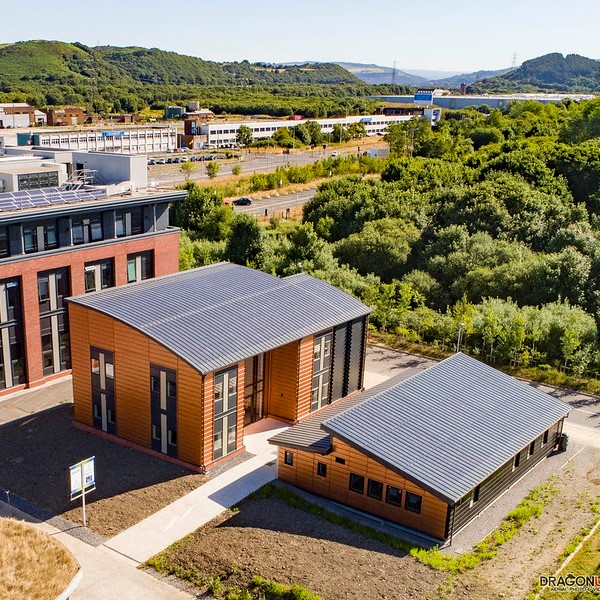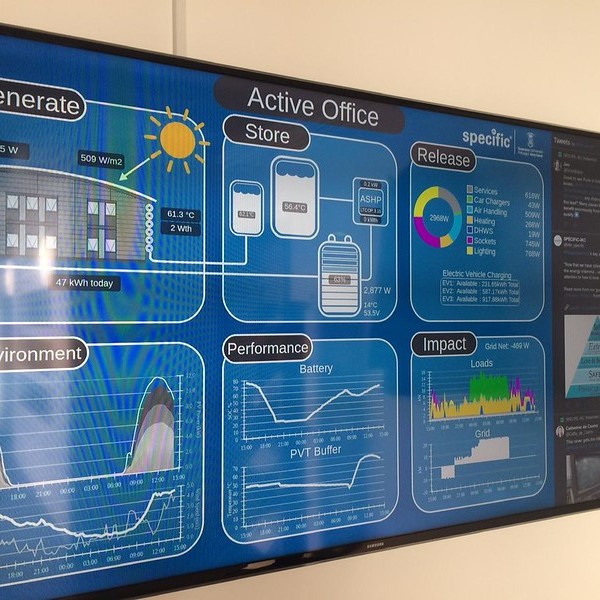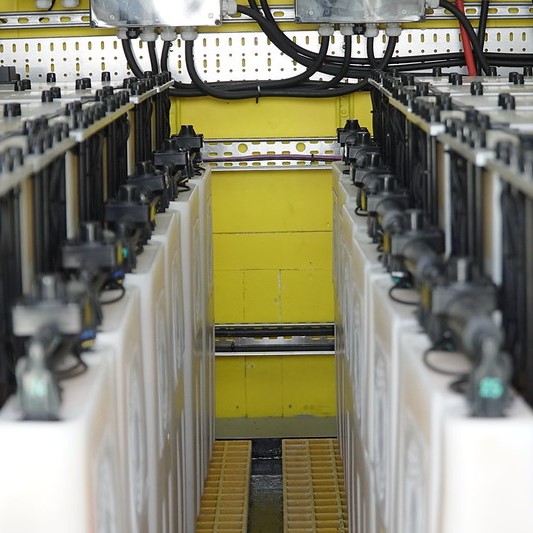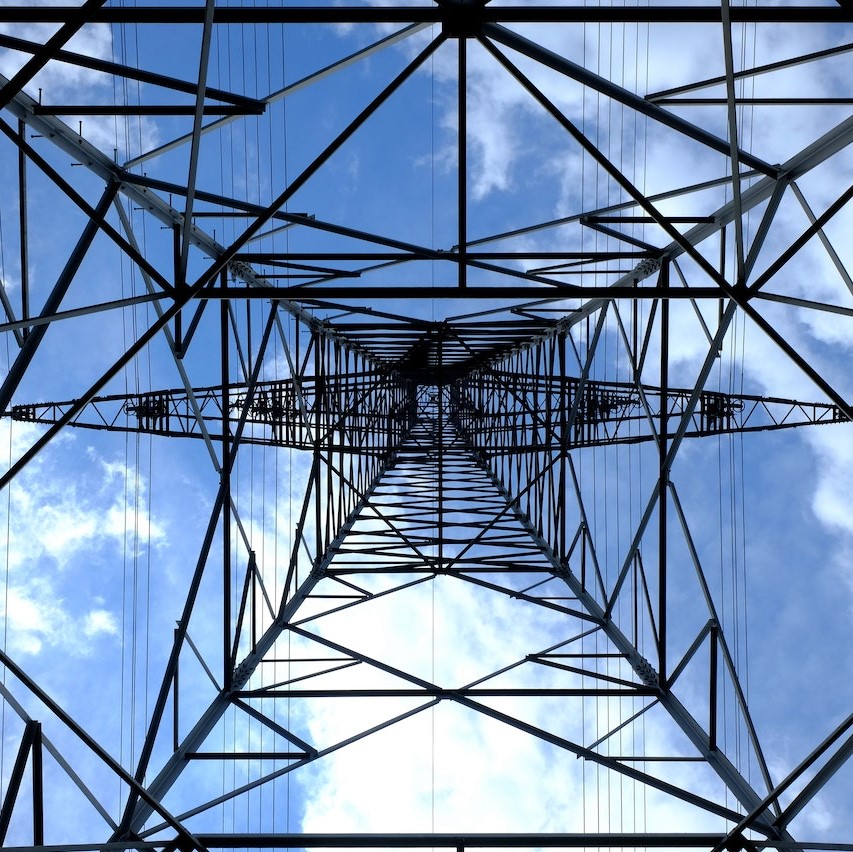
ACTIVE BUILDING TOOLKIT: Principles
There are six principles to Active Building design. Click on the buttons below to learn more.

1. Building fabric and passive design
Integrated engineering and architecture design approach including consideration of orientation and massing, fabric efficiency, natural daylight and natural ventilation. Designed for occupant comfort and low energy by following passive design principles.

2. Energy efficient
systems
Intelligently controlled and energy efficient systems to minimise loads. Data capture via inbuilt monitoring to enable performance validation, optimisation and refinement of predictive control strategies including disseminating performance data to building occupants.

3. On-site renewable energy generation
Renewable energy generation to be incorporated where appropriate. Renewable technologies should be selected holistically, taking into consideration site conditions and building load profiles, combining where applicable both photovoltaic and solar thermal technologies.

4. Energy storage
Thermal and electrical storage to mitigate peak demand, reduce the need to oversize systems, and enable greater control, with a view to supporting the local infrastructure through time shifting of demand and controlled export. Storage will also enable flexible control for virtual power plant integration.

5. Electric vehicle
integration
Integrate electric vehicle (EV) charging where appropriate. Combined Charge Systems with local control and the option of virtual power plant aggregated control or frequency response should be considered. As technology develops, bi-directional charging will allow EVs to deliver energy to buildings as required.

6. Integration with energy networks
In addition to intelligent controls, Active Buildings manage their interaction with wider energy networks, such as demand side response, load shifting and predictive control methods, aiming to minimise uncontrolled import or export of energy by effectively using their storage assets.